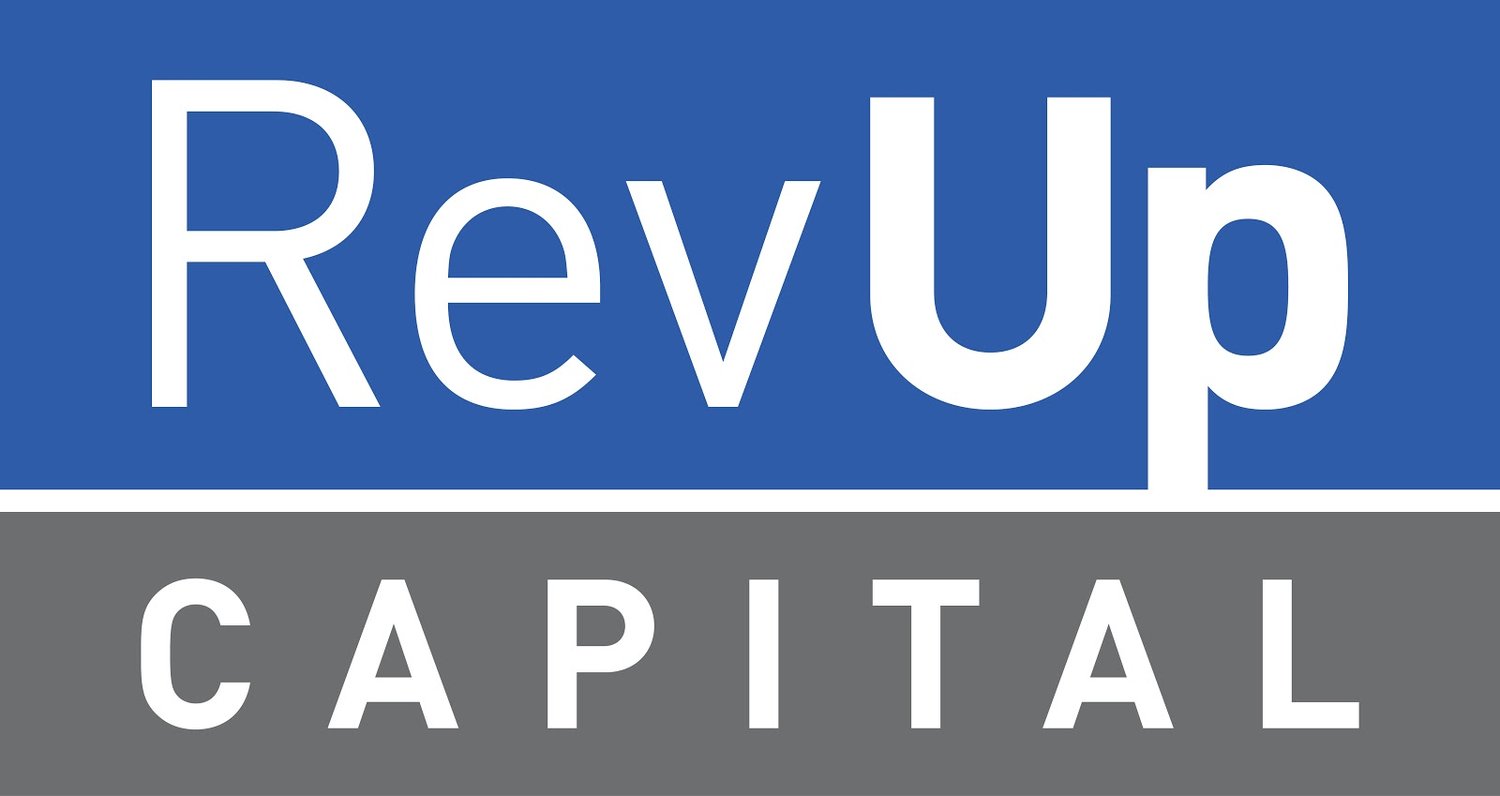Being Broke Doesn’t Make You a Capital Efficient Company
The words “Capital Efficiency” get around tossed like word salad, served with all the breadsticks of bad advice you can eat. In our frenzy to always “do more with less,” the contours of what it really means to be a capital efficient company are often lost.
Why am I making a stink about this now? These days, “capital efficiency” is often used as shorthand for scraping by. Entrepreneurs, especially first-timers, confuse being under-resourced with being capital efficient. Worse? Investors are doing it too.
We tend to discuss “capital efficiency” as though it is a singular status, a monolithic approach to simply spending less to run a business. Using “capital efficient” in this monolithic way may be convenient, but it’s wrong.
What capital efficiency means to one business isn’t what it means to another. While we may use it to distinguish some companies from those that are constitutionally capital intensive (think heavy R&D), the practice of capital efficiency is highly relative to industry, stage, and a dozen other factors that no one needs me to list.
Not growing because you're broke is not capital efficiency. Accruing personal debt because to forego founder salary is not capital efficiency. Missing opportunities and eeking by? Not capital efficiency. That’s called being under-resourced. Depicting it as capital efficiency may feel better than admitting your business is broke, but know it’s the kind of ‘white lie’ that may come back to haunt you.
This is where textbook definitions matter: Capital efficient companies strike a balance between growth and financial discipline. Notice the word “between.” Many founders (and investors) use a more casual definition of capital efficiency where growth and financial discipline are most certainly not in balance. More like “in lieu of.”
While I am a big fan of getting the most bang for your buck, the idolatry of always doing more with less isn’t any better than overspending on things : both kill companies.
Here’s the kicker: the hallmark of successful capital efficiency isn’t never needing more money than you have on hand. It’s achieving strong performance without substantial ongoing capital injection.
Again, give that last line a pause and think about what this means for you. A company that is adequately resourced at the right times—which may include taking on outside capital—has a better chance of success than one that has been “scraping by” for years.
And as someone who invests into companies that have the potential to be capital efficient over time, I see first hand what happens when “growth” and “financial discipline” get out of balance. Things get messy fast.
I like capital efficiency as a strategy…when used as strategy, not as a cover for being under-resourced. When you are broke it is hard to invest into the critical things necessary for long-term growth. It can be hard, if not impossible, to dig your way out of a growth deficit. I caution founders in the RevUp portfolio about the perils of bootstrapping yourself to death. It happens too often for my taste.
This misuse of a word may seem too small a thing to blather on about. But these small shifts have a huge impact on how we train entrepreneurs and how our collective expectations about resourcing impacts investor behavior. It certainly has changed mine.
There’s no magic bullet for being resource constrained, but one technique almost always adds value: find a capital mentor who can partner long-term on building a capital strategy that proactively contemplates needs, pinch points, and all options for capitalization. Not a fundraising coach. Not a financial model ninja. An operator who built a business and knows things about capital that you do not. Game changer.
But for now let’s just check ourselves when we herald the virtues of capital efficiency…are we balancing growth with financial discipline or just glossing over what happens when a company runs out of gas soon?
Melissa Withers is Managing Partner of RevUp Capital .
More About RevUp Capital
RevUp Capital invests in B2B and B2C companies that are revenue-driven and ready to double down on growth. We deploy cash and capacity to help companies grow from $1-3M to $10-30M, quickly and efficiently, using a revenue-based model. Companies enter our portfolio with $500K-$3M in revenue, a strong growth rate, and a team that’s ready to scale. Our typical investment range is $300K-$500K.
More at www.revupfund.com
